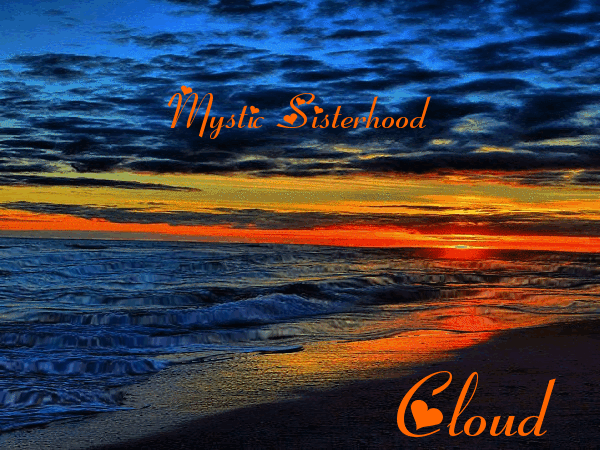 by Dragon Sat Nov 07, 2020 1:39 am
by Dragon Sat Nov 07, 2020 1:39 am
Smudging has been well established as a Native American cultural or tribal practice, although it isn’t practiced by all groups.
We have the traditions of many Native American peoples to thank for its use. This includes the Lakota, Chumash, Cahuilla, among others.
The most-used types of sage have antimicrobial properties. This means they keep infectious bacteria, viruses, and fungi at bay.
White prairie sage (Artemisia ludoviciana) is both antimicrobial and antibacterial. White sage (Salvia apiana) is also antimicrobial. And both have been shown to repel insects.
Beliefs that burning sage clears out spiritual impurities, pathogens, and even insects have been fundamental to the practice of smudging.
~~
Smudging has long been used to connect to the spiritual realm or enhance intuition.
For healers and laypeople in traditional cultures, burning sage is used to achieve a healing state — or to solve or reflect upon spiritual dilemmas.
This may have some scientific basis, too. Certain types of sage, including salvia sages and white prairie sage, contain thujone.
Research shows that thujone is mildly psychoactive. It’s actually found in many plants used in cultural spiritual rituals to enhance intuition.
~~
Smudging may also be used as a ritual tool to rid yourself — or your space — of negativity. This includes past traumas, bad experiences, or negative energies from others.
Tradition suggests that smudging can literally lift one’s spirits to banish negativity. Some research supports this.
A 2014 study documented white prairie sage (also known as estafiate) as an important traditional remedy for treating anxiety, depression, and mood disorders in certain cultures.
~~
If burning sage can lift one’s mood, it could also be a great ally against stress.
Smudging has been traditionally used to safeguard against negativity that could interfere with sleep.
Some research suggests that sage contains compounds that could help ease insomnia.
Classic garden sage (Salvia officinalis) is sometimes burned like white sage. It’s also been used to improve sleep and soothe anxiety.
Source
























